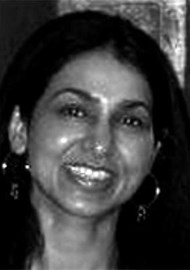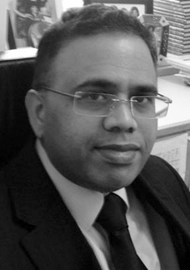Endoscopic techniques for visualisation of the middle ear were described in 1967 by Mer and colleagues, and the use of transcanal endoscopic ear surgery (TEES) has since expanded to a wider range of otologic applications including tympanoplasty and excision of cholesteatomas, as well as ossiculoplasty and stapes surgery. The main advantages of TEES include increased visibility of the operative field, especially in the setting of patients with abnormal middle ear anatomy, in patients with prior stapes surgeries and in cases with congenital anomalies, as well as its minimally invasive approach. However, TEES is not without drawbacks which include the learning curve, single-handed operative techniques, loss of stereopsis and potential risk for thermal injury. The senior author in this chapter compares the success rates, failure rates, and complications of conventional microscopic stapes surgery with endoscopic stapes surgery. Key points highlighted include TEES achieves air-bone gap closure to less than 10dB of up to 77%, and complications seem to have a comparable risk profile as microscopic technique. Facial nerve injuries are reported as being rare, with temporary nerve palsies occurring in 0.95% in a pooled analysis of 314 patients. Postoperative sensorineural hearing loss (SNHL) is also rare following stapes surgery. Interestingly, TEES seems to have a lower incidence of complications from chorda tympani manipulation and injury compared to microscopic stapes surgery. The chapter goes on to describe the endoscopic technique of stapes surgery, highlighting some valuable tips in performing this surgery safely, and finally concludes with management of difficult/challenging cases such as management of revision cases, congenital stapes fixation cases and perilymphatic gusher cases.
Is endoscopic stapes surgery safe and are outcomes comparable to microscopic stapes surgery
Reviewed by Sangeeta Maini and Bhaskar Ram
Endoscopic Stapes Surgery-Pearls and Pitfalls.
CONTRIBUTOR
Sangeeta Maini
FRCS ORL-HNS, Aberdeen Royal Infirmary, Forresterhill, Aberdeen, AB25 2ZN.
View Full Profile




